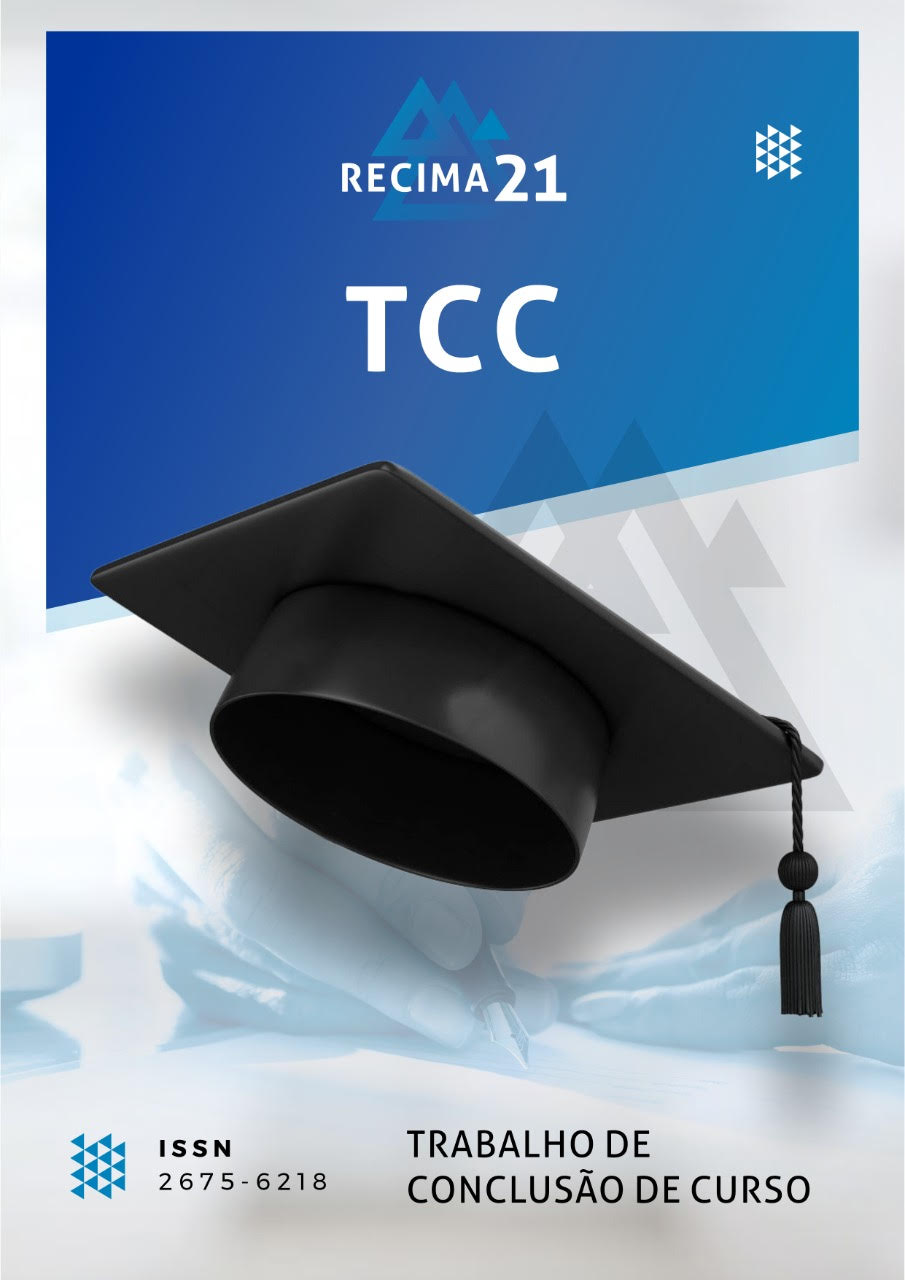NEUROFUNCTIONAL PHYSIOTHERAPY IMPROVING QUALITY OF LIFE IN ELDERLY PEOPLE AFTER HEMORRHAGIC STROKE
DOI:
https://doi.org/10.47820/recima21.v5i1.5803Keywords:
Neurofunctional Physiotherapy. Hemorrhagic Stroke. Motor Rehabilitation. Elderly. Kinesiotherapy.Abstract
The hemorrhagic stroke (HS) poses a significant public health concern, particularly among the elderly population. The World Health Organization (WHO) reports approximately 15 million stroke cases annually, resulting in 6 million deaths and 5 million permanent disabilities. In Brazil, around 100,000 deaths each year are attributed to strokes, with 13% being hemorrhagic, and a mortality rate that can reach 50% within 30 days. In the Amazon region, the situation is exacerbated by limited access to specialized healthcare services, with an incidence of HS among the elderly at approximately 25 per 100,000 inhabitants and a mortality rate of 40%. Motor rehabilitation through neurofunctional physiotherapy is crucial for enhancing the quality of life and autonomy of patients. This study aims to evaluate the effectiveness of neurofunctional physiotherapy techniques in the recovery of elderly patients with HS, offering an integrative literature review. It seeks to identify effective methods for promoting functional recovery, contributing to the development of strategies that optimize treatment and consider the specific needs of the elderly population in the Amazon.
Downloads
References
BERNARDO, Leandro Hermisdorff et al. TÓPICOS EM FISIOTERAPIA.
BERTOLDI, Andréa Lúcia Sério; ISRAEL, Vera Lúcia; LADEWIG, Iverson. O papel da atenção na fisioterapia neurofuncional. Fisioterapia e Pesquisa, v. 18, p. 195-200, 2011. DOI: https://doi.org/10.1590/S1809-29502011000200016
DA FONSECA, Fernando Hugo Jesus. O USO DA TERAPIA ESPELHO NA RECUPERAÇÃO FUNCIONAL DO PACIENTE PÓS-ACIDENTE VASCULAR ENCEFÁLICO: REVISÃO DE LITERATURA. BIUS-Boletim Informativo Unimotrisaúde em Sociogerontologia, v. 13, n. 6, p. 1-10, 2019.
DUTRA, Daniely; MEDINO, Sabrina Evencio; BRITO, Silvana Dezan. A atuação da fisioterapia em pacientes com disfunções motoras pós Acidente Vascular Cerebral. NATIVA-Revista de Ciências, Tecnologia e Inovação, v. 6, n. 1, p. 80-87, 2024.
FREITAS, Aline de Souza. Comparação da capacidade funcional e qualidade de vida em pessoas com acidente vascular encefálico submetidas ou não ao atendimento de fisioterapia em diferentes abordagens de tratamento. 2024.
LUVIZUTTO, Gustavo José; DE SOUZA, Luciane A. Pascucci Sande. Reabilitação Neurofuncional: Teoria e Prática. 2022.
MAGALHÃES, Geraldo Carvalho et al. Implicações e benefícios da Smart Rehabilitation nas disfunções neurológicas: uma revisão narrativa. Research, Society and Development, v. 11, n. 1, p. e34111124856-e34111124856, 2022. DOI: https://doi.org/10.33448/rsd-v11i1.24856
MINISTÉRIO DA SAÚDE. Acidente Vascular Cerebral (AVC): Dados e estatísticas. Brasília, 2022. Disponível em: http://www.saude.gov.br. Acesso em: 01 set. 2024.
SOARES, Monalise Dantas et al. Wii reabilitação e fisioterapia neurológica: uma revisão sistemática. Revista neurociências, v. 23, n. 1, p. 81-88, 2015. DOI: https://doi.org/10.34024/rnc.2015.v23.8050
VITAL, Iana Paes d’Assumpção; MACHADO, Wiliam César Alves. Desenvolvimento e avaliação do conteúdo do aplicativo móvel Cinesia para pacientes com déficits motores dimidiados após acidente vascular cerebral. Fisioterapia em Movimento, v. 36, p. e36119, 2023. DOI: https://doi.org/10.1590/fm.2023.36119
APA
Downloads
Published
How to Cite
Issue
Section
Categories
License
Copyright (c) 2024 RECIMA21 - Revista Científica Multidisciplinar - ISSN 2675-6218

This work is licensed under a Creative Commons Attribution 4.0 International License.
Os direitos autorais dos artigos/resenhas/TCCs publicados pertecem à revista RECIMA21, e seguem o padrão Creative Commons (CC BY 4.0), permitindo a cópia ou reprodução, desde que cite a fonte e respeite os direitos dos autores e contenham menção aos mesmos nos créditos. Toda e qualquer obra publicada na revista, seu conteúdo é de responsabilidade dos autores, cabendo a RECIMA21 apenas ser o veículo de divulgação, seguindo os padrões nacionais e internacionais de publicação.













